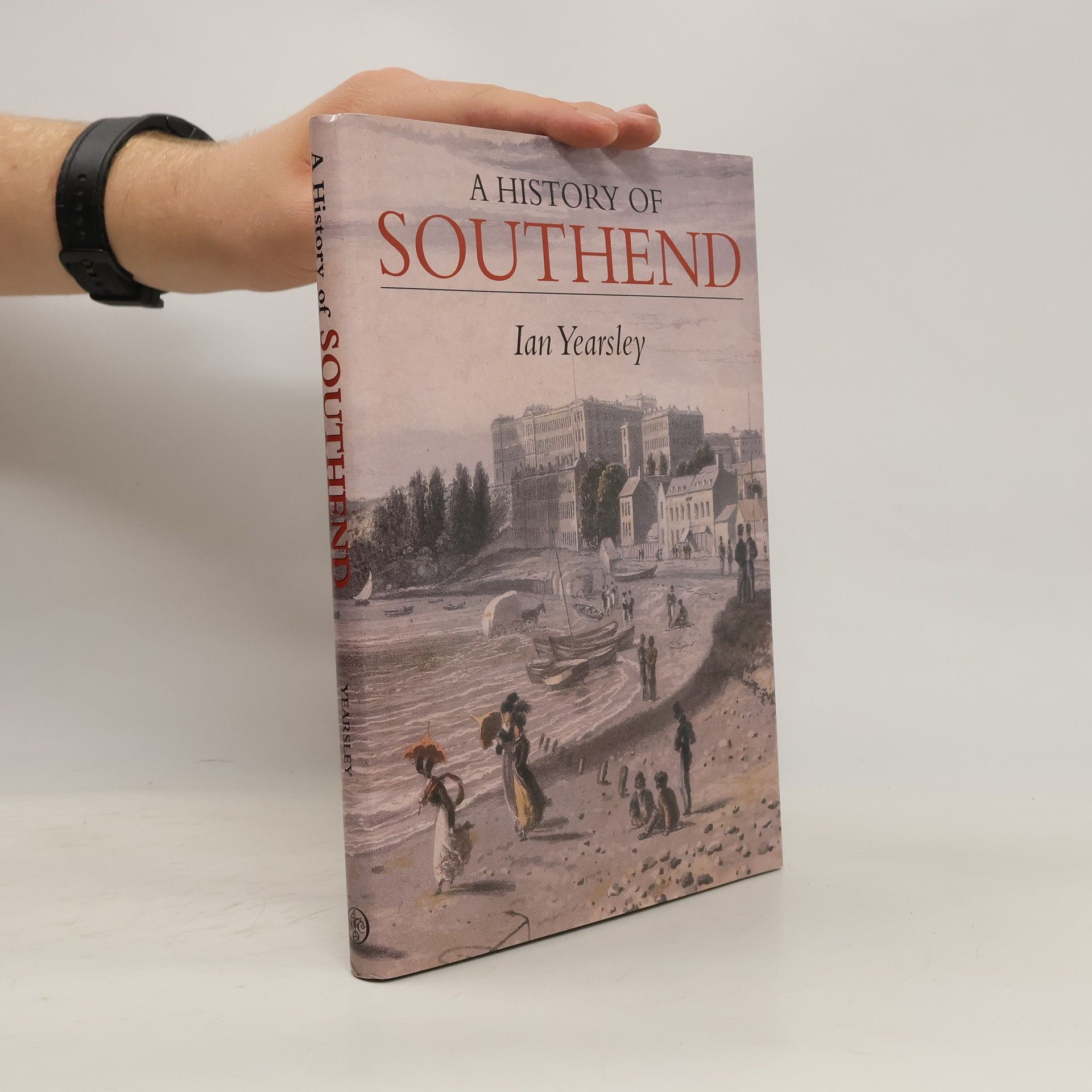City of Southend: A Potted History
- 96 pages
- 4 hours of reading
The book offers a comprehensive exploration of Southend's history, tracing its development from prehistoric times to the modern era. It emphasizes key events and influential figures that have shaped the city, providing readers with an engaging narrative that highlights the rich cultural and historical tapestry of Southend.

